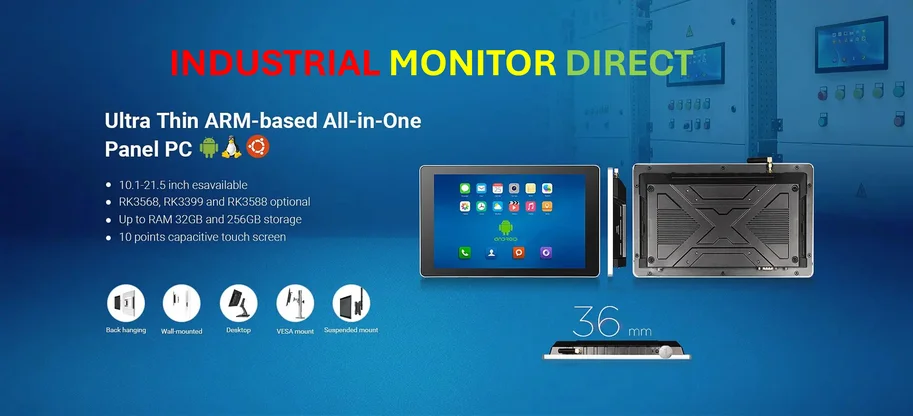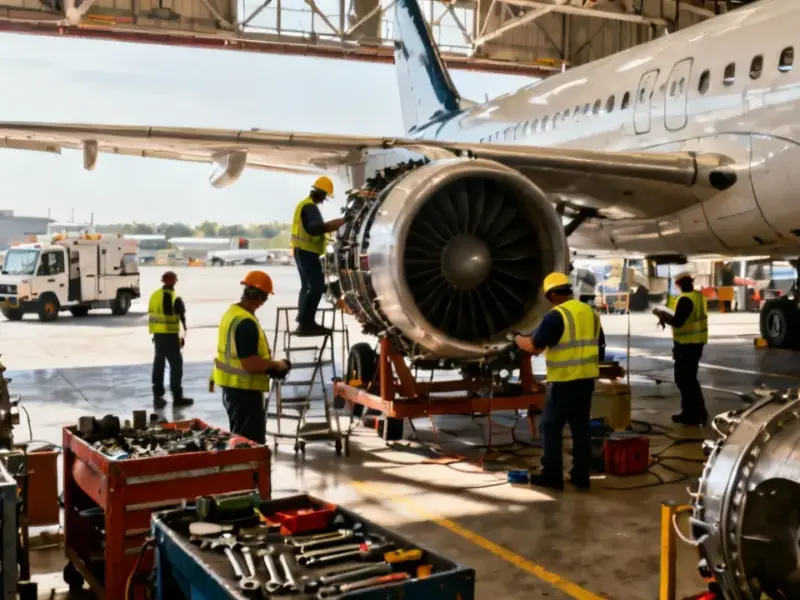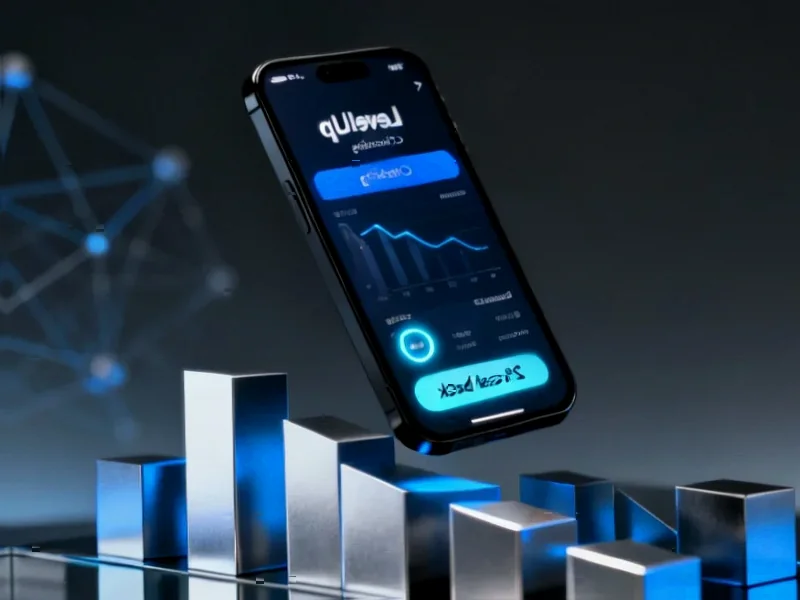According to PYMNTS.com, Uber and Toast announced a deepened integration partnership on November 4 that will deliver new tools for restaurants across the U.S. and Canada, with plans to expand to Ireland and the U.K. The collaboration aims to combine Toast’s point-of-sale systems with Uber’s delivery network, allowing restaurants to manage promotions and advertising on Uber Eats directly from the Toast platform. The companies stated that new tools will begin rolling out next year, building on their existing partnership that began in 2021 and expanded last year to include commission-free delivery from Uber Eats. This announcement comes as the restaurant industry faces significant staffing challenges, with National Restaurant Association data showing the sector remains down more than 220,000 jobs compared to pre-COVID levels.
The Technical Integration Minefield
While the partnership promises streamlined operations, merging two complex technology ecosystems presents substantial technical challenges. Toast’s restaurant management platform must integrate with Uber’s delivery logistics and advertising systems in real-time, requiring sophisticated API connections that maintain data consistency across platforms. Historical precedent shows that similar partnerships between major tech platforms often face significant latency issues and data synchronization problems, particularly during peak ordering hours when system reliability is most critical. The timeline of “rolling out next year” suggests the companies anticipate substantial development work ahead.
The Unanswered Commission Questions
Notably absent from the announcement are specific details about how commission structures will evolve under this expanded partnership. While last year’s commission-free delivery expansion was highlighted, the current announcement focuses on advertising and promotion management tools that could introduce new revenue-sharing arrangements. Restaurants should be cautious about hidden costs in advertising services and potential platform lock-in that could reduce negotiating leverage on future commission rates. The partnership’s success ultimately depends on whether the combined value proposition justifies whatever fee structure emerges.
Shifting Competitive Dynamics
This partnership represents a significant escalation in the restaurant technology arms race, particularly against competitors like Square and Clover who offer their own delivery integrations. By combining forces, Uber and Toast are attempting to create an ecosystem so comprehensive that restaurants become effectively locked into their platform. However, this strategy risks alienating smaller restaurants who prefer modular, best-of-breed solutions rather than being tied to a single vendor for multiple critical business functions. The industry trend toward platform consolidation could ultimately reduce innovation and choice for restaurant operators.
Technology Versus Human Capital
The partnership’s focus on operational efficiency comes at a time when restaurants face unprecedented staffing challenges. While technology can streamline certain functions, it cannot replace the human element of hospitality that defines successful restaurants. There’s a real risk that over-reliance on integrated technology platforms could de-skill restaurant staff and create new operational dependencies that prove brittle during system outages or technical failures. The most successful implementations will balance technological efficiency with preserving the human touch that customers value.
Realistic Implementation Timeline
Given the complexity of cross-platform integration and the regulatory differences across multiple countries, the “next year” rollout timeline appears ambitious. Similar enterprise technology partnerships typically experience phased rollouts with regional variations and feature limitations in initial releases. Restaurants considering this integrated approach should prepare for gradual feature availability and potential teething problems as the systems mature. The true test will come during high-volume periods like holiday seasons when system reliability faces maximum stress.




